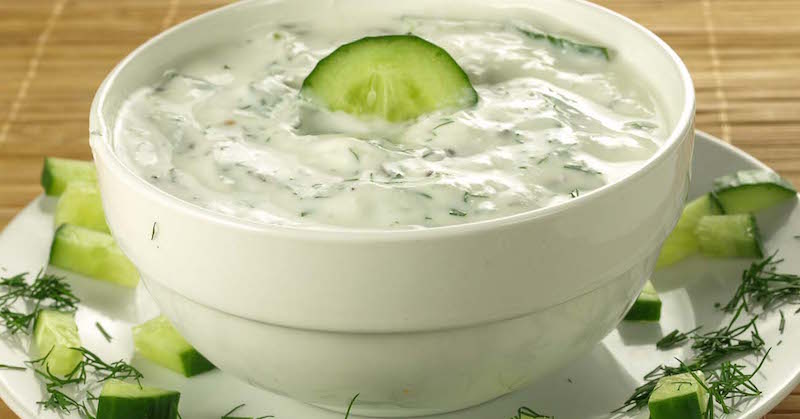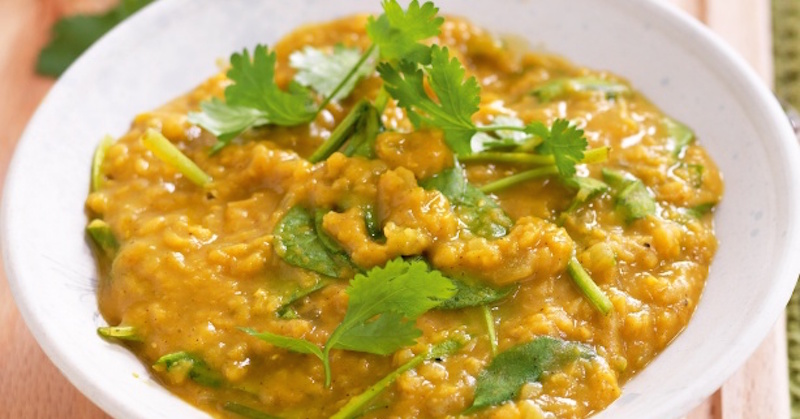3 Traditional Indian Eating Habits To Emulate And 3 To Avoid
Last updated on
India is a diverse nation with many different cultures. Although there are some eating habits that are considered staples of Indian cuisine, these habits may not be practiced by all the cultures of India.
Some of these food habits are incredibly beneficial to your health while others could get in the way of your health and weight loss goals. Take a look at these three traditional Indian eating habits that you should emulate for better health and three eating habits that you may want to avoid.
Eating Habits To Emulate/Copy
1. Using A Lot Of Spices

As an example, turmeric, an incredibly common spice in India, can help fight inflammation, relieve pain, reduce headaches and fever, boost energy and metabolism.
Along with turmeric, a few other common spices used are: mustard seeds, cayenne pepper, cinnamon, cumin, cardamom, and fenugreek.
2. Eating A Lot Of Yogurt
The Indian cultures eat a lot of yogurt. Even though the bacterial strains in yogurt are transient, eating them in sufficient amount daily makes it beneficial for the digestive health.
Yogurt are usually added in salads, beverages and desserts that accompany meals to soothe the digestive tract from the “burning sensation” of spices.
3. Skip The Meat
Millions of Indians are vegetarians. They understand that their bodies are receiving sufficient and balanced nutrition with a vegetarian diet. In place of meat protein, the diet includes a lot of lentils, legumes and beans that are rich in fiber and quality plant protein.
Following a vegetarian lifestyle can lower your risk of diabetes, heart disease, obesity, and other health problems.
Eating Habits To Avoid
The above three eating habits could help improve your health. There are many scientific backings to show that using spices, eating fermented foods, and avoiding meat can be good for your health. However, as with any cuisine, there are going to a few habits that you may want to avoid.
1. Cooking In Vegetable Oils
Many Indian dishes are cooked in vegetable oil that can convert into transfats that clog arteries. All curry dishes are cooked in a lot of oil and even vegetables are being deep-fried instead of eaten fresh. When vegetables are not deep-fried, they are overcooked. These methods of cooking although taste delicious, make the foods void of nutrients and possibly even harmful.
2. The Concept Of Indian Vegetarianism
Although a vegetarian diet sounds healthy, the diabetes rate in India is very high. Their vegetarian diets do not include enough raw, fresh fruits and vegetables, which must be central to a healthy vegetarian diet.
The Indian vegetarians tend to eat large amounts of refined flour products that are deep-fried and frequently reusing vegetable oils for cooking. Traditional Indian snacks such as samosas, namkeens and bhujias are made of refined flour, sugar and oils—all the ingredients that contribute to the cause of diabetes.
3. Sweets
Most Indians often eat very late at night and end their meals with sweets—desserts that are sweetened with a lot of refined sugar. Their meals are also usually accompanied with artificial fruit juices or carbonated drinks that are full of sugar.
Healthy Indian Recipes
The following Indian recipes incorporate the ideas presented above. They are not foods cooked in swimming vegetable oils, nor use refined flour and sugar.
1. Raita

2. Tarka Dhal
Dhal is a boiled lentils dish seasoned with spluttered mustard seeds, cumin, onion, green chilli, ginger and garlic. The garnishing ingredients are fried in very little oil or butter and added to the boiled lentils. Once cooked, finely-chopped coriander leaves are sprinkled on this dish, and it’s eaten with steamed basmati rice or pan-roasted chappati.
Tips On Cooking A Healthy Indian Dish
Indian cuisine is delicious, but with a few small modifications, you can make them very healthy. When cooking an Indian meal, use safe cooking oil like coconut oil, ghee, or olive oil. Do not overcook vegetables but only add them at the end of cooking to prevent overcooking. Definitely add more lentils into your diet for their rich fiber and plant protein.
Sources:
https://www.care2.com/greenliving/3-indian-food-habits-that-are-good-for-health.html
https://timesofindia.indiatimes.com/life-style/health-fitness/diet/Health-facts-about-Indian-foods/articleshow/11017232.cms?
https://www.eatingwell.com/recipes_menus/collections/healthy_indian_recipes
Some of the links I post on this site are affiliate links. If you go through them to make a purchase, I will earn a small commission (at no additional cost to you). However, note that I’m recommending these products because of their quality and that I have good experience using them, not because of the commission to be made.


































 JOIN OVER
JOIN OVER
Comments